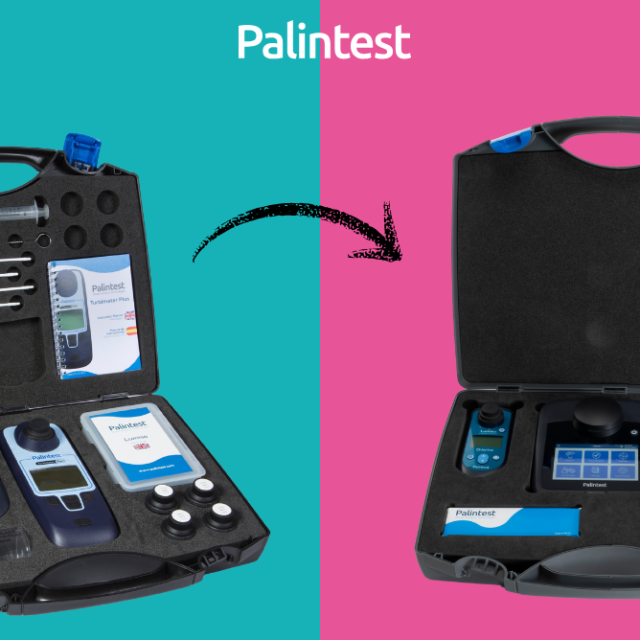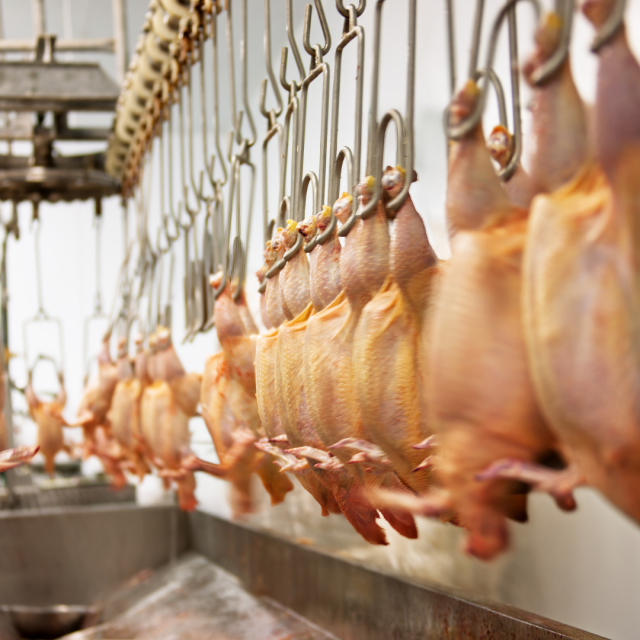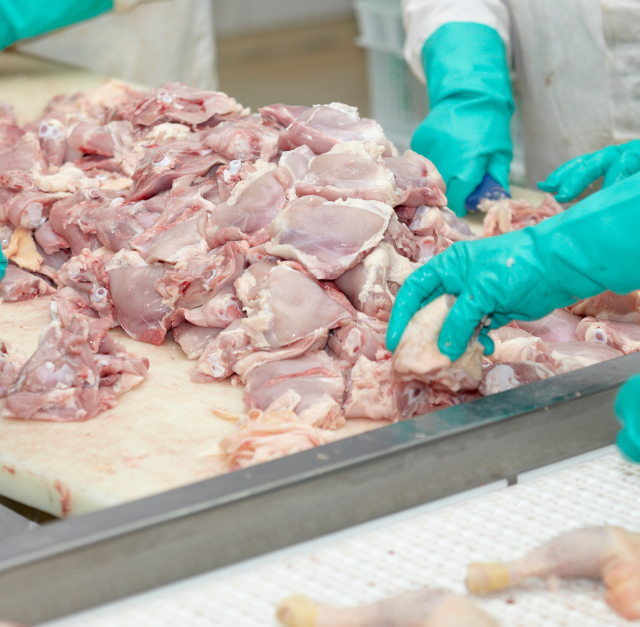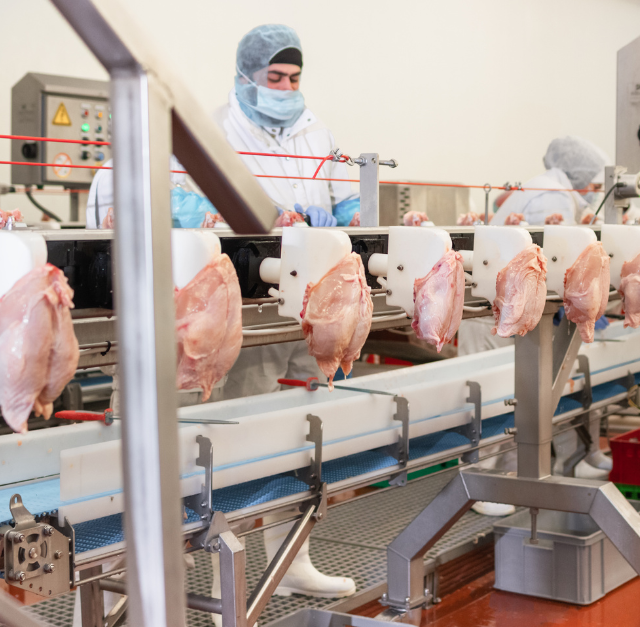
Pathogen Detection and Prevention in Water: Safeguarding the Food Manufacturing Chain
Pathogen Detection and Prevention in Water: Safeguarding the Food Manufacturing Chain
Water is crucial in food production, yet it can pose significant risks if not properly managed. Throughout the manufacturing process, water directly contacts food and food-contact surfaces, from rinsing produce to CIP (clean-in-place) systems. Without proper monitoring and control, water can become a vehicle for pathogens, threatening product safety, brand reputation, and public health.
As global food systems become increasingly interconnected, the need for stringent, science-based approaches to pathogen detection and prevention in water has never been more critical.
Understanding the Pathogen Landscape
Waterborne pathogens like Listeria monocytogenes, Salmonella spp., E. coli O157:H7, and Campylobacter pose serious threats in food processing environments. These organisms can enter through raw water supplies, cross-contamination during processing, or ineffective sanitisation methods.
Unlike surface contamination, which can often be visually spotted or tracked through solid hygiene protocols, microbial hazards in water are invisible and dynamic. Their growth depends on factors such as temperature, pH, nutrient availability, and the effectiveness of disinfection processes.
When water control fails, pathogens can persist in production lines, leading to expensive recalls, damage to reputation, or in worst cases, outbreaks of foodborne illness. In 2023 alone, over 500 food recalls were recorded across Europe and North America, with many tied to lapses in water hygiene.
Science-Driven Solutions for Detection and Control
Tackling the risk of pathogens in water requires a proactive mindset. Food manufacturers are increasingly adopting comprehensive water quality management strategies, relying on continuous monitoring, precise testing, and data-informed decision-making.
A key component of this approach is rapid, on-site water testing that provides accurate data on microbial risk indicators and disinfectant levels. While traditional laboratory testing has its place, it often lacks the immediacy needed in fast-paced production environments. In contrast, electrochemical solutions like our own Kemio Disinfection allow technicians to verify sanitisation effectiveness in real-time, right on the factory floor.
Electrochemical platforms are particularly valuable for measuring critical oxidising biocides such as chlorine dioxide and peracetic acid (PAA), which are commonly used in food plant water disinfection. Amperometric sensing technology offers greater accuracy and consistency compared to visual or colorimetric tests, reducing subjectivity and human error across shifts.
Beyond Compliance: Monitoring for Prevention
Food safety isn’t just about meeting regulatory requirements—it’s about maintaining constant vigilance. Forward-thinking manufacturers now implement preventive control plans that incorporate water testing at key points throughout the production process.
For instance, testing input water for produce washing, final rinse water in dairy production, or cooling systems in meat processing can reveal early signs of disinfection failures or biofilm formation. Similarly, checking residual disinfectant concentrations ensures cleaning protocols are effective without compromising product quality or introducing chemical hazards.
Portable photometers and test kits, such as those developed by Palintest, are essential tools in these scenarios. Their ability to perform multi-parameter water analysis—including pH, chlorine, turbidity, and microbial indicators—allows teams to track trends and respond quickly to deviations. Built to withstand the demands of high-throughput food manufacturing environments, these devices combine durability with precision.
Data and Digital Transformation in Water Quality Management
Digital advancements are reshaping how pathogen detection and water quality monitoring are handled in food processing. With connected sensors and smart analytics platforms, manufacturers can now compile water test data to identify patterns, anticipate risks, and fine-tune disinfection strategies.
This approach is especially valuable for global or multi-site operations, where water sources and microbial risks can vary significantly. A centralised data view enables food safety teams to compare performance across plants, identify systemic issues, and allocate resources more effectively.
For manufacturers aiming to stay ahead of regulatory expectations and maintain consumer trust, this level of insight offers a significant competitive edge.
Regulatory Landscape and Industry Standards
Regulatory frameworks like FSMA (Food Safety Modernisation Act) in the United States and ISO 22000 globally emphasise the importance of hazard analysis and preventive controls in managing waterborne pathogen risk.
Authorities now expect facilities to provide evidence of regular monitoring, risk assessment, and corrective actions related to water safety. Failing to do so can result in warning letters, product seizures, or forced closures.
In this context, water testing technologies that combine portability, accuracy, and traceable data records are increasingly seen as essential—not only for audits and inspections but for fostering a culture of ongoing improvement.
Innovation and Applied Science: The Path Forward
Advancements in pathogen detection are accelerating, driven by public health imperatives and progress in applied science. Molecular techniques like qPCR and next-gen sequencing are being adapted for water testing, offering faster identification of specific pathogens at low concentrations.
However, these lab-based tools currently have limited field application due to cost, complexity, and sample processing requirements. Bridging this gap requires ongoing investment in practical, scalable technologies that empower frontline workers—not just laboratory scientists—to act quickly based on reliable data.
Companies like Palintest, with a history of scientific excellence and commitment to practical innovation, play a crucial role here. By developing user-friendly tools that simplify complex chemistry without sacrificing accuracy, they help food producers integrate water safety into the core of their operations.
A Comprehensive Defense Against Pathogens
The food manufacturing sector operates in a high-stakes environment where even a minor lapse in water hygiene can have far-reaching consequences. Pathogen detection and prevention in water is not just a technical challenge—it’s a strategic necessity.
Science-based water testing, supported by effective disinfection protocols and real-time monitoring tools, forms the first line of defense against microbial contamination. As industry expectations evolve and risks become more complex, integrating advanced, user-friendly testing solutions into daily workflows will be essential.
In essence, water testing has evolved from a background compliance task to a vital component of quality assurance, brand protection, and consumer trust in the global food system.




